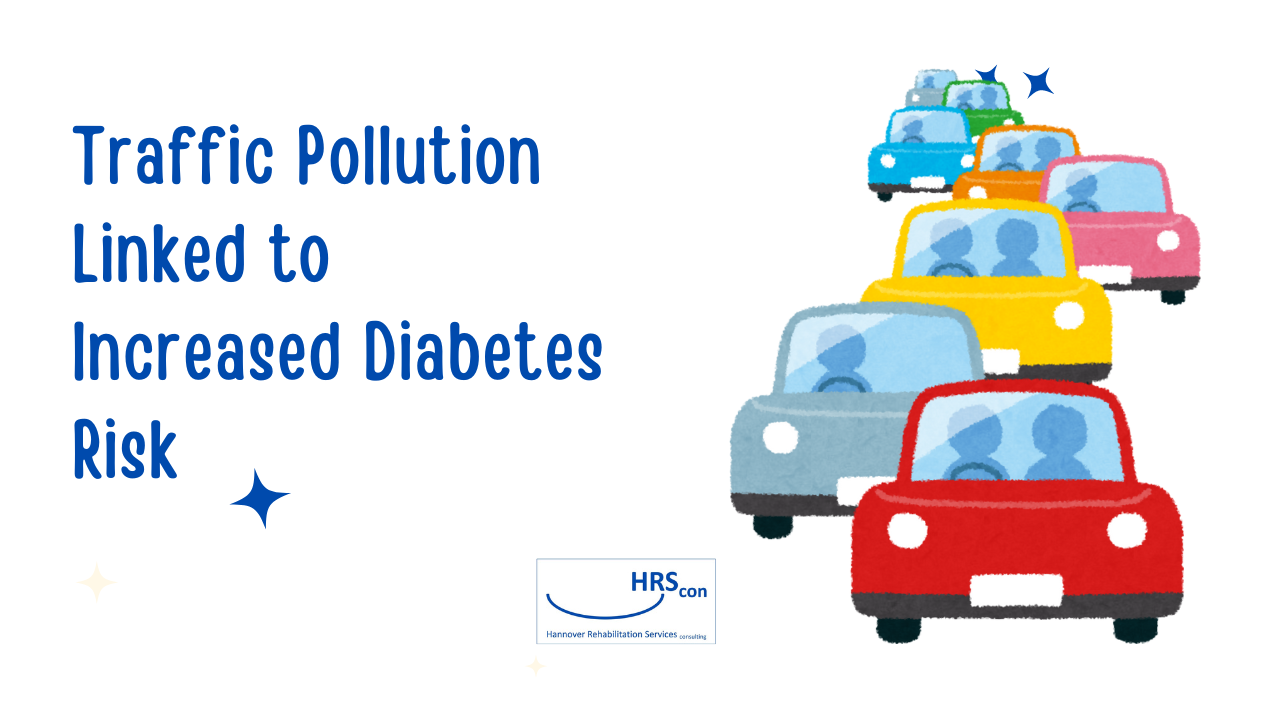A major new study suggests long-term exposure to traffic fumes significantly raises your chances of developing diabetes. Researchers analyzed data from 21 studies, finding a clear connection between traffic pollutants and the disease.
Nitrogen Dioxide: The Culprit
The study points to nitrogen dioxide (NO2), a common traffic pollutant, as having the strongest link to diabetes. People with higher NO2 exposure faced a 9% jump in diabetes risk compared to those with lower exposure. Positive associations with other traffic pollutants and a “dose-response” effect (more exposure, higher risk) further solidify the findings.
Air Pollution and Diabetes: A Consistent Pattern
Interestingly, this study echoes recent research on general air pollution and diabetes. Those reviews also linked air pollution, particularly fine particulate matter (PM2.5), to an increased risk of diabetes.
How Traffic Fumes Might Harm Us
Scientists believe traffic pollution might trigger diabetes in several ways. One theory suggests these pollutants cause inflammation and disrupt insulin signaling, ultimately leading to insulin resistance and diabetes.
Strengths and Weaknesses of the Study
The study’s strong points include its thorough data analysis and consideration of various traffic pollutants. However, it involved a limited number of studies on some pollutants and focused mainly on older adults.
The Need to Dig Deeper
Researchers call for further investigations to address these limitations. This includes studying the impact on younger people, exploring effects in developing countries, and examining changes in traffic emissions.
A Call to Action: Cleaner Air, Healthier Lives
These findings highlight the importance of tackling traffic-related air pollution as a diabetes risk factor. This emphasizes the need for cleaner transportation options and ways to reduce exposure to traffic fumes. Additionally, understanding how traffic pollution increases diabetes risk is crucial for developing targeted prevention strategies.
By investing in cleaner air and further research, we can work towards reducing the burden of diabetes and creating a healthier future for everyone.

